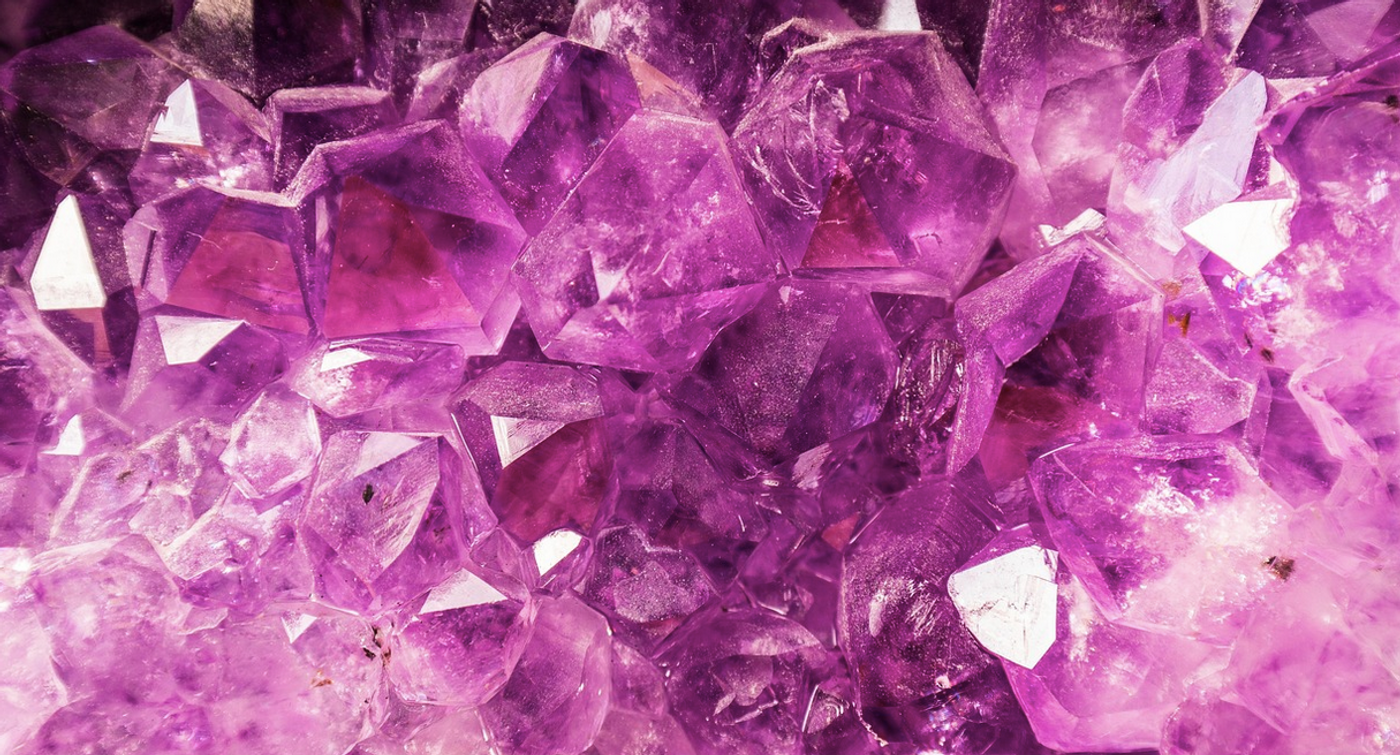The Living 'Crystals' Formed by Starfish Embryos
Starfish embryos sprout appendages very early on in development, and the embryos can spin through water by moving those appendages. Researchers have now found that when a bunch of starfish embryos are spinning in water together, they will spontaneously gather and assemble into a structure that resembles a crystal. This living crystal has incredible elasticity, in which every individual embryo can set off a ripple through the rest of the structure, yet the crystal formation persists for a relatively long time, even over days, before dispersing into individuals as the embryos mature. The findings have been reported in Nature.
"It's absolutely remarkable. These embryos look like beautiful glass beads, and they come to the surface to form this perfect crystal structure," said Nikta Fakhri, the Thomas D. and Virginia W. Cabot Career Development Associate Professor of Physics at MIT, who added that "perhaps this crystal structure could have some advantages we're not aware of yet."
It may be possible to use this type of crystal assembly in the design of moving robots, for example.
"Imagine building a swarm of soft, spinning robots that can interact with each other like these embryos," Fakhri said. "They could be designed to self-organize to ripple and crawl through the sea to do useful work."
Fakhri's team made these observations through serendipity. They had been investigating starfish embryo development, and the division of the earliest starfish cells; the transparent embryos are a great model for developmental biology.
The scientists watched the embryos growing after being fertilized. They form a shell that grows little appendages known as cilia, which can beat and push the embryo through water as it does so. The cilia eventually coordinate to direct the embryo. But the researchers saw that as they moved to the surface of water, the embryos got closer.
The researchers were curious about what would happen when many of these embryos were put together. After thousands of embryos were fertilized in a dish, the scientists saw as they began to form a structure.
"We call it a crystal because each embryo is surrounded by six neighboring embryos in a hexagon that is repeated across the entire structure, very similar to the crystal structure in graphene," Fakhri explained.
Additional work with beads revealed that the embryos' cilia were beating in a direction that spun an embryo in one direction. This created whirlpools on both sides of the spinning embryo that attracted beads, and probably explains how the embryos are drawn together.
A computational model of the flow field confirmed that the hydrodynamic interactions and chirality of the cilia beating was probably causing the crystal structure to form.
The researchers want to know more about whether other marine animals exhibit this behavior, and how it could be applied to robotics.
"You can play with this design principle of interactions and build something like a robotic swarm that can actually do work on the environment," added Fakhri.
Sources: Massachusetts Institute of Technology, Nature









